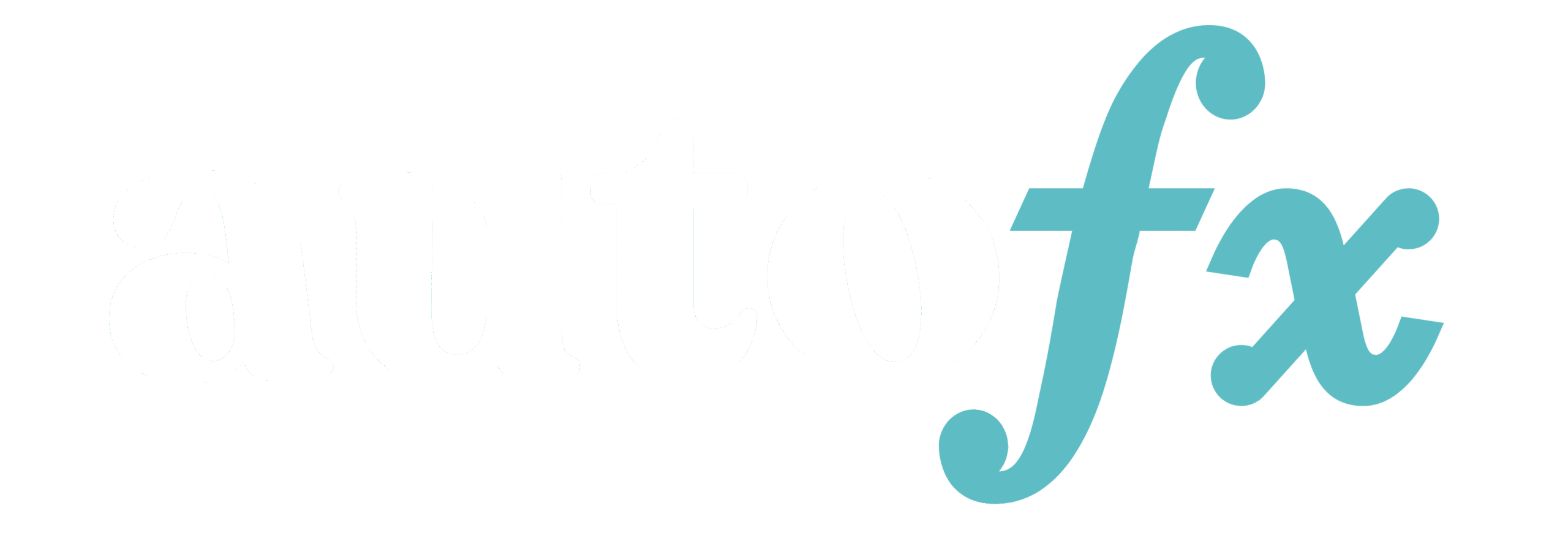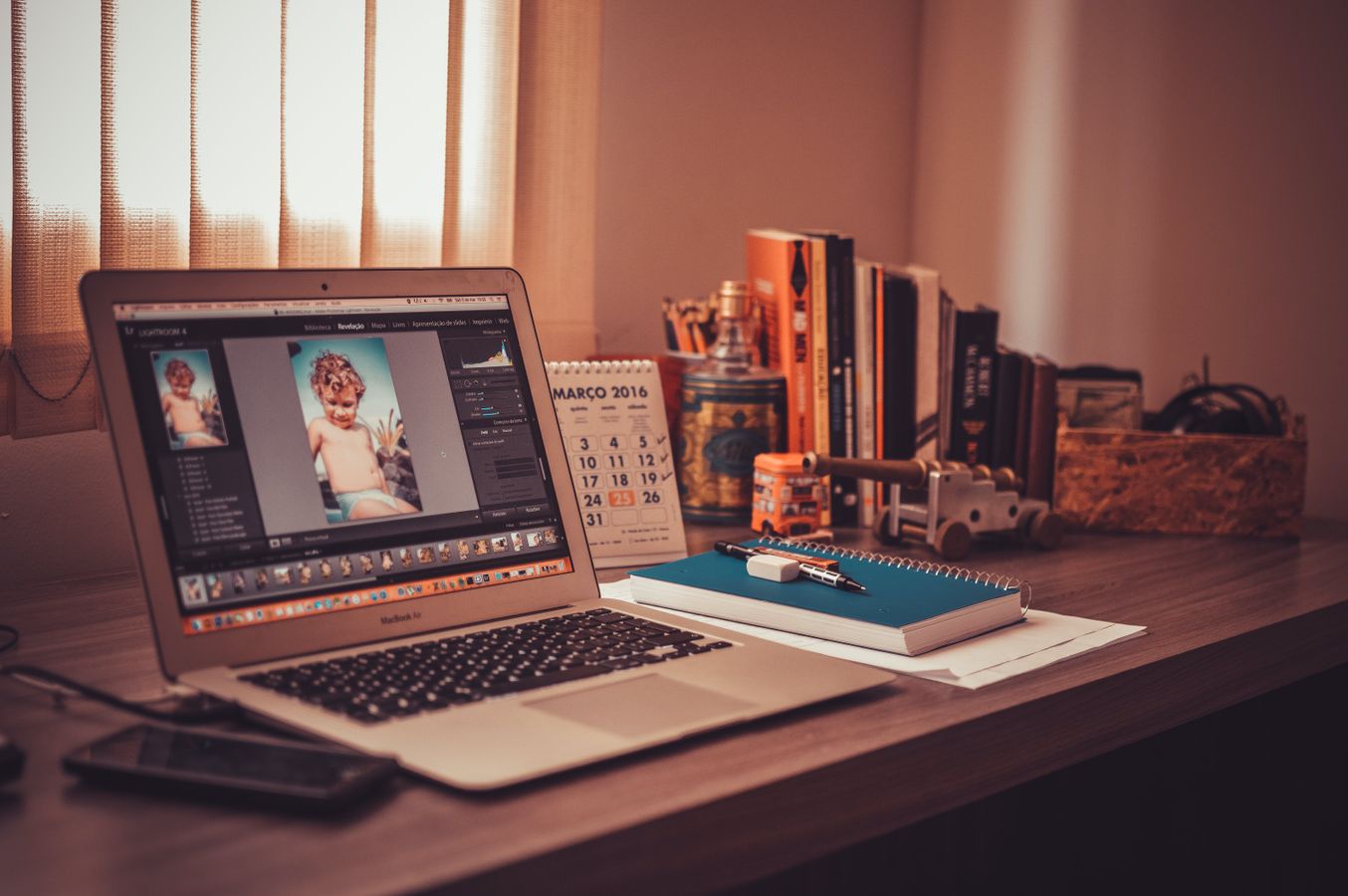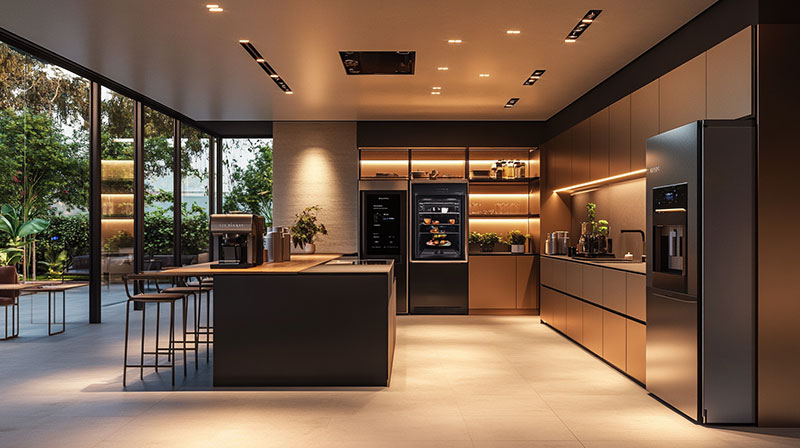
Introduction to AI Exposure Correction
In today’s fast-evolving digital world, AI exposure correction is revolutionizing the way we manage and perfect images. By applying artificial intelligence technologies, this process allows for the enhancement of photo quality, ensuring optimal brightness and clarity across all settings.
Creative professionals are increasingly relying on AI exposure correction for its efficiency and accuracy. It aids in correcting balance, eliminating shadows, and ensuring the subject stands out, making every photograph a masterpiece. This rise in AI-driven photographic editing is not just a trend; it’s a reflection of technology’s profound ability to augment creative processes.
What is AI Exposure Correction?
AI exposure correction refers to the use of artificial intelligence technologies to automatically adjust and correct the exposure in photographs. This ensures that images have the proper lighting, reducing overexposure or underexposure and enhancing the image quality.
The Importance of Correct Exposure
Correct exposure is crucial as it determines the brightness and darkness of a photo. Proper exposure ensures that images look natural and balanced, which is essential for delivering impactful photographs.
Benefits of AI Exposure Correction
1. Precision and Efficiency
With AI exposure correction, photographers and designers can achieve highly accurate results with minimal effort. AI tools analyze images in real-time, offering suggestions and making necessary adjustments without manual intervention.
2. Time-Saving
AI-driven tools significantly reduce the time spent on editing photos. By automating exposure correction, creative professionals can focus more on other artistic aspects of their work.
3. Consistency Across Projects
One of the standout advantages of AI exposure correction is the ability to maintain consistency across multiple images, providing a uniform look throughout a collection of photographs.
Key Features of AI Exposure Correction Tools
1. Automatic Adjustment
These tools automatically balance lighting conditions, ensuring uniform illumination across an image.
2. Shadow and Highlight Recovery
AI capabilities can recover details from overly dark or blindingly bright areas, enhancing overall image quality.
3. Adaptability
Highly adaptive algorithms adjust settings based on the specific needs of each image, taking into account its unique characteristics.
How Creative Professionals Utilize AI Exposure Correction
Artistic Enhancement
AI helps artists and photographers to enhance visual appeal by offering sophisticated editing tools that broaden their creative scope.
Consistency in Branding
For businesses, consistent exposure correction ensures that branded imagery maintains a unified aesthetic, vital for effective marketing.
Educational Use
Photography students employ these tools to better understand the principles of exposure, gaining hands-on experience with state-of-the-art editing technologies.
Technological Advances Powering AI Exposure Correction
Machine Learning Algorithms
At the core of AI exposure correction are advanced machine learning algorithms that enable predictive accuracy when processing images.
Cloud Computing
The integration with cloud services allows for efficient data processing and storage, facilitating easy access to powerful editing features from anywhere.
Case Studies: Success Stories in AI Photography
Landscape Photography
Professionals in landscape photography have successfully used AI to overcome challenges presented by varying light conditions, resulting in breathtaking vistas captured with immaculate exposure.
Portrait Photography
AI tools ensure that portraits feature perfect lighting, highlighting subjects beautifully while maintaining a natural look.
Learn more about how AI continues to shape the world of photography and beyond by visiting basic photo editing.
Popular AI Tools for Exposure Correction
Tool A
Offers real-time editing capabilities ensuring pictures are perfectly lit.
Tool B
Renowned for its ease of use and seamless integration with popular editing platforms.
Integrating AI Exposure Correction into Everyday Photography
Software Choices
Numerous software options expand the accessibility of AI exposure correction for both amateur and professional photographers.
Mobile Applications
Mobile apps are extending the reach of this technology, allowing users to edit photos on-the-go with unprecedented ease.
FAQs
What is AI exposure correction in photography?
AI exposure correction in photography automates the optimization of brightness and lighting within images.
How does AI improve image exposure?
AI uses algorithms to assess light levels and adjust exposure for optimal photo quality.
Can AI exposure correction replace traditional methods?
AI serves to complement, rather than replace, traditional editing techniques, offering greater precision and efficiency.

Conclusion
The advent of AI exposure correction heralds a new era in photography where precision meets artistry. As technology continues to evolve, we can anticipate even more sophisticated tools that blur the lines between human creativity and technological innovation.
For more insights into AI applications, visit this tool for background blur.





